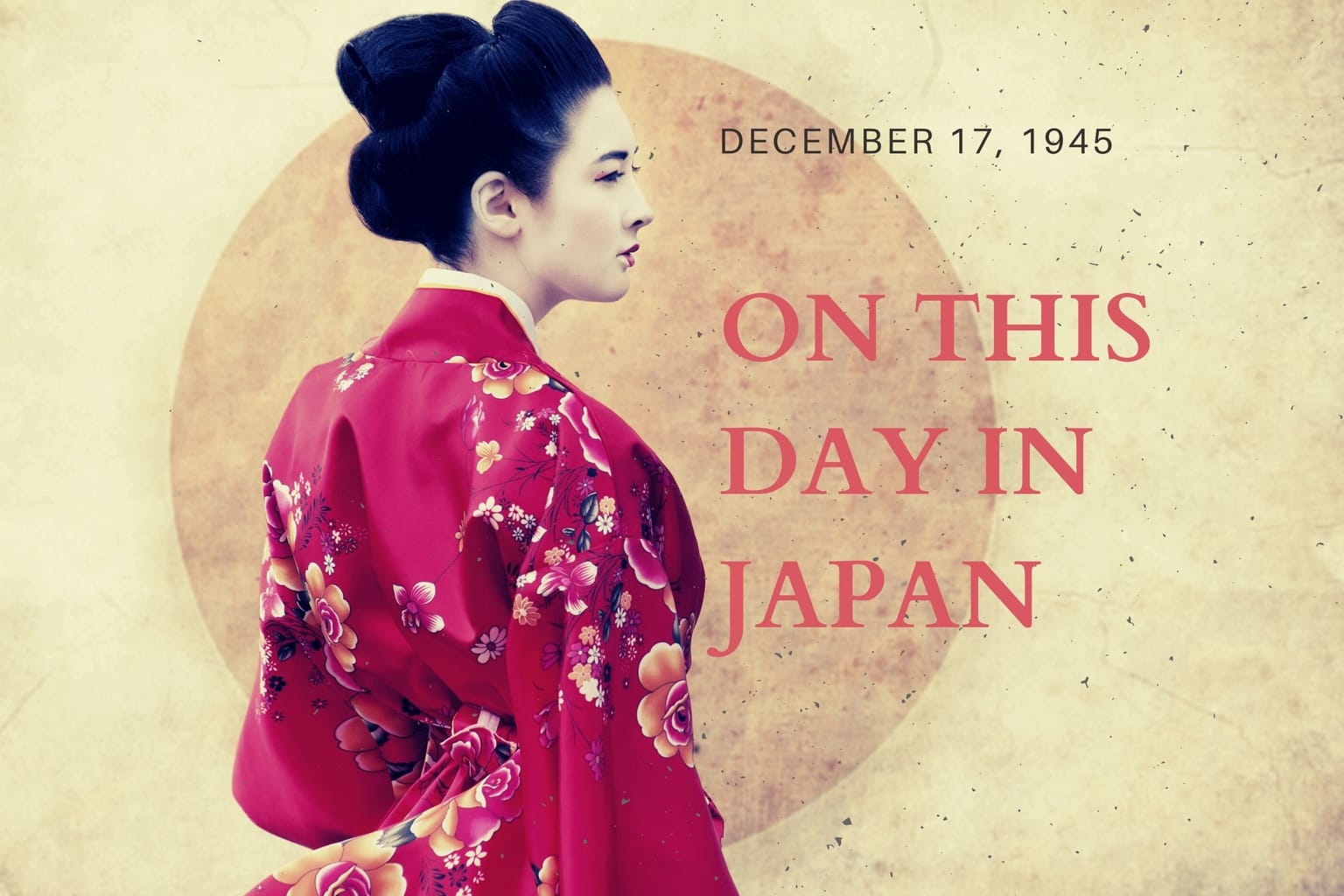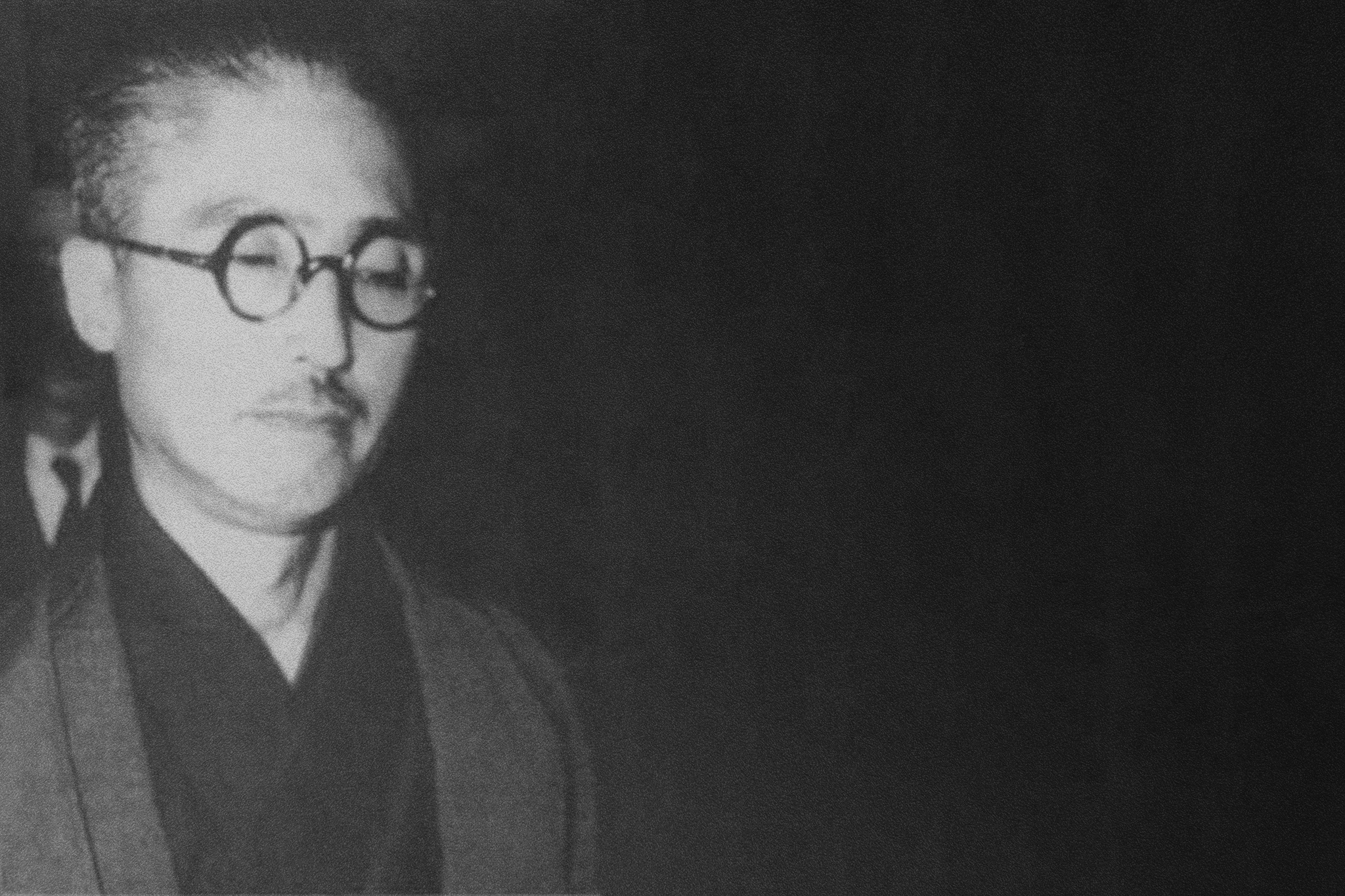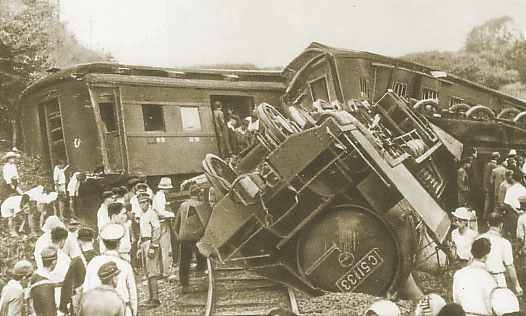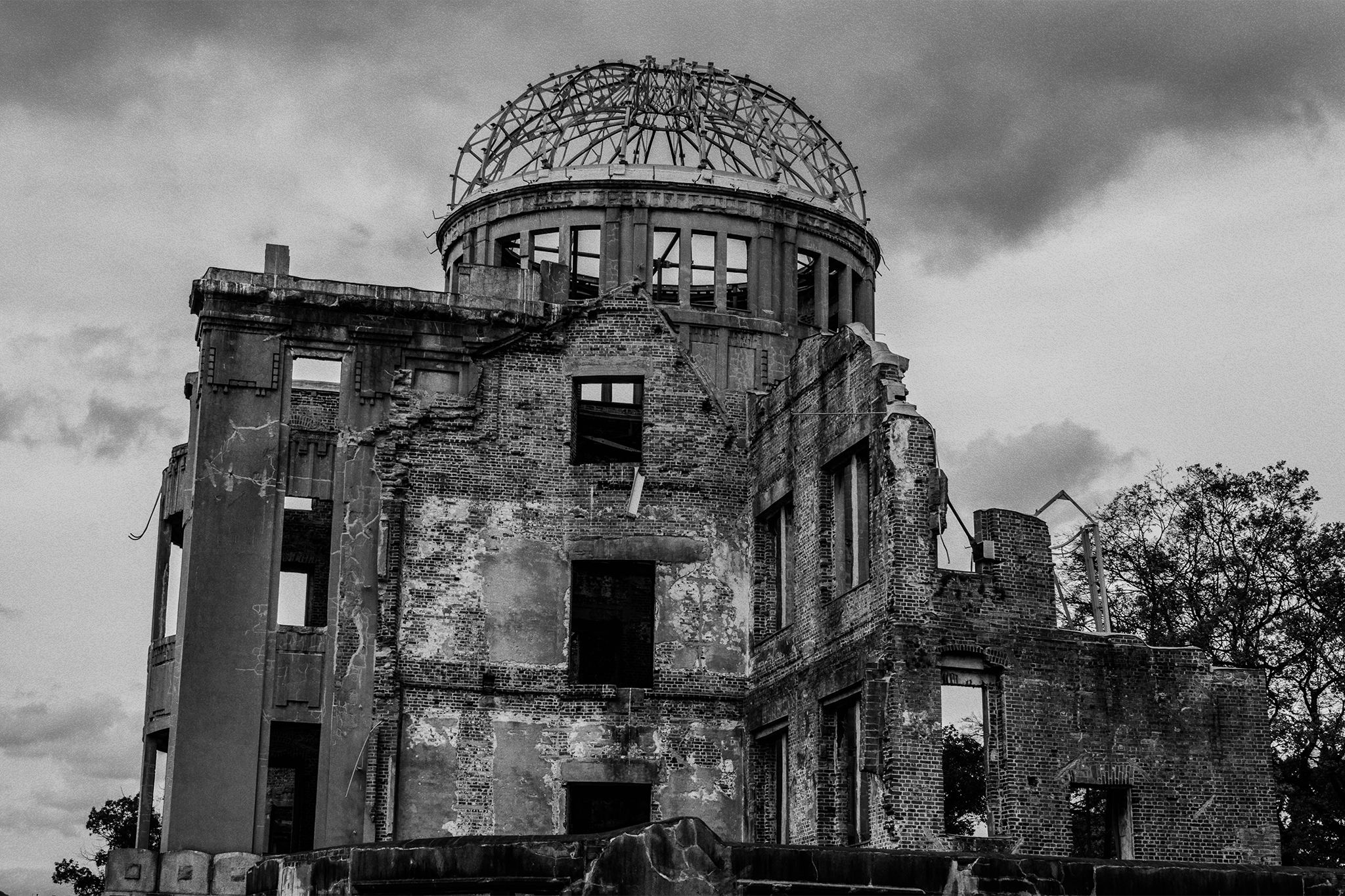For the latest in out Japan Back Then Series we’re focusing on the 1940s, a decade which saw the downfall of the Imperial Japanese Empire, the first, and so far, only wartime uses of nuclear weapons, women here being granted the right to vote, a new constitution and some mysterious crimes.
The Pearl Harbor Attack
At just before 8 a.m. on December 7, 1941 (local time), more than 350 Japanese planes descended on an American naval base in Pearl Harbor near Honolulu in Hawaii. The surprise attack killed 2,403 U.S. personnel, half of whom were on the sunken battleship, the USS Arizona. The following day, the United States formally entered World War II on the side of the allies. Tensions between the two nations had been building in the preceding decade as Japan slowly expanded into China. The attack on Pearl Harbor was a preemptive strike after Franklin D. Roosevelt’s government put a freeze on all Japanese assets in the U.S. That prevented Japan from purchasing oil, the country’s most crucial import.

USS HORNET, PACIFIC OCEAN 1942 (Photo courtesy National Museum of the U.S. Air Force)
The Doolittle Raid and Bombing of Tokyo
America responded to the attack on Pearl Harbor by bombing Tokyo and other places on Honshu on April 18, 1942. Orchestrated by Lieutenant James Doolittle, it only caused minor damage, but showed that Japan was vulnerable to air raids. This helped raise morale in the States. The country’s strategic bombardment campaign against Japan, however, didn’t begin for another two years. The single most destructive bombing raid in history began at 12:08 a.m. on March 10, 1945, and lasted close to three hours. Over 250 American B-29s dropped 1,665 tons of incendiary bombs on Tokyo, killing around 100,000 civilians, though estimates vary. Most of the victims were women, children and the elderly. The attack left more than 1 million people homeless.
The Katsuyama Killing Incident
With Japan still reeling from the bombing of Tokyo, America then sent a fleet of more than 1,000 ships to Okinawa on April 1, 1945. The bloodiest and last major battle in the Pacific ended on June 21 with Japanese troops defeated. The following month, three African American marines disappeared. With no trace of them after a year, they were declared missing in action. Their bones were eventually discovered over five decades later in a cave in the village of Katsuyama near Nago in Okinawa after the police were tipped off. According to local testimonies, the three men were ambushed and killed because they repeatedly raped women in the village. The incident was kept secret until 1997.
The Atomic Bombings of Hiroshima and Nagasaki
With the aim of hastening the end of World War II, America dropped its first atomic bomb on Japan on August 6, 1945. Nicknamed “Little Boy,” it detonated approximately 600 meters above Hiroshima, killing tens of thousands and turning the city into a nuclear wasteland. Sixteen hours later, American President Harry Truman had a message for Japan: “If they do not now accept our terms, they may expect a rain of ruin from the air, the like of which has never been seen on this earth.” A second atomic bomb, code named “Fat Man,” was then dropped on August 9. Initially intended to hit Kokura in Fukuoka Prefecture, the destination changed to Nagasaki at the last minute due to poor visibility.
Emperor Hirohito’s First Public Address
Six days after the bombing of Nagasaki, the majority of the Japanese public heard the voice of their emperor for the first time. His surrender broadcast was aired on the radio at midday on August 15, 1945. Recorded the night before, up to 1,000 soldiers raided the palace to try to destroy the tape. They failed. Delivered in Classical Japanese, he announced that the government had accepted the Potsdam Declaration. Issued by the United States, Great Britain and China around three weeks earlier, the ultimatum called for “the unconditional surrender of all Japanese armed forces, and to provide proper and adequate assurances of their good faith in such action.” Failure to comply would lead to the country’s “prompt and utter destruction.”

Women were given the vote in Japan on December 17, 1945
Women Granted the Right to Vote
Paragraph 10 of the Potsdam Declaration read, “The Japanese government shall remove all obstacles to the revival and strengthening of democratic tendencies among the Japanese people.” This suggested changes to the electoral system would be forthcoming. And so it proved, with the voting age being lowered from 25 to 20 on December 17, 1945. On the same day, women were finally granted the right to vote as well. Speaking to Lindesay Parrott, the Tokyo Bureau chief for The New York Times, feminist Fusae Ichikawa suggested women in Japan would have been granted suffrage even without the occupation due to their efforts during the war. On April 1, 1946, 67% of eligible females turned out to vote in Japan’s first postwar General Election.
The Birth of a New Constitution
In early 1946, the Cabinet of Japanese Prime Minister Kijuro Shidehara submitted a formal draft for a new constitution to the General Headquarters. Considered too conservative and basically a rewording of the Meiji Constitution, the document was rejected by GHQ. General Douglas MacArthur then ordered his staff to draft their own version instead. This was promulgated on November 3, 1946, before going into effect six months later. The emperor’s role changed from head of state to the “symbol of the state and the unity of the Japanese people.” Article 9, meanwhile, stated that “land, sea and air forces, as well as other war potential, will never be maintained.” Its interpretation was changed in 2014, allowing Japan the right to collective self-defense.

Sadamichi Hirasawa
The Teikoku Bank Poisonings
On January 26, 1948, a man identifying himself as an epidemiologist named Doctor Shigeru Matsui entered Tokyo’s Teikoku Bank (known as Teigin). He claimed he was sent there by the U.S. Occupation authorities because of a dysentery outbreak in the area. The 16 people present believed him and took the supposed antidotes he provided. Twelve of them died. The poisoner escaped with around ¥160,000, strangely leaving behind ¥180,000. The real Doctor Matsui had an alibi, so the police arrested Sadamichi Hirasawa, a tempera painter who’d received a business card from him months earlier. Hirasawa confessed to the crime after being tortured. Many felt he was sacrificed to protect researchers from Unit 731, Japan’s covert wartime chemical and biological weapons division.

THE MATSUKAWA DERAILMENT. PHOTO: CREATIVE COMMONS LICENSE, ORIGINALLY PUBLISHED IN “ASAHI CHRONICLE: THE 20TH CENTURY VOL.4” (ASAHI SHIMBUN COMPANY)
The Rail Mysteries of 1949
In the summer of 1949, 10 people died due to three mysterious incidents related to Japan National Railways (JNR). It began with the disappearance of Sadanori Shimoyama, the first president of JNR, on July 5. His dismembered body was discovered on the tracks between Kita-Senju and Ayase stations in northern Tokyo. The official autopsy determined that he’d died before being hit by a train. Less than two weeks later, an unmanned train, with its operating handle tied down, drove into Mitaka Station, killing six and injuring 20. A second major derailment occurred in Fukushima Prefecture in August, killing three crewmen. The nuts and bolts on the track joints had been loosened and railroad spikes had been removed. All three incidents remain a mystery today.
The Execution of Japan’s Jack the Ripper
After calmly smoking his final cigarette, Yoshio Kodaira, 44, headed to the gallows in Miyagi prison. “I’m fortunate,” he said, “to be able to die on such a calm and beautiful day.” Kodaira was executed on October 5, 1949. One of the worst serial killers in Japanese history, he was charged with the rape and murder of 10 women between 1945 and 1946. Though there was a lack of evidence for three of those, he was found guilty on seven counts. He had previously spent eight years in prison during the 1930s for killing his father-in-law and injuring six others with an iron rod. He also committed numerous war crimes in China, including raping several women.
The three books in David Peace’s Tokyo Trilogy — Tokyo Year Zero, Occupied City and Tokyo Redux — are based around Kodaira’s murder spree, the arrest of Hirasawa and the death of Shimoyama.
Popular Singles: Ringo no Uta (Michiko Namiki and Noboru Kirishima), Tokyo Boogie Woogie (Shizuko Kasagi), Kanashiki Kuchibue (Hibari Misora), Aoi Sanmyaku (Ichiro Fujiyama).
Popular Movies: Ornamental Hairpin (Hiroshi Shimizu), Drunken Angel, Stray Dogs (Akira Kurosawa), Late Spring (Yasujiro Ozu), Aoi Sanmyaku (Tadashi Imai).
More From This Series
Check out other articles from our Japan Back Then series:








